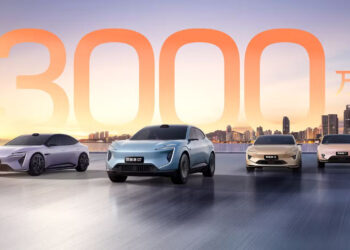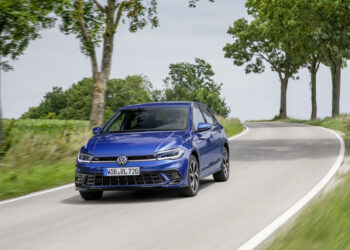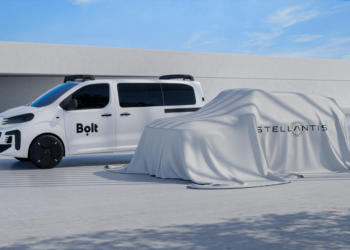Ever wondered why car manufacturers in Europe are obsessively pushing hybrids and electric vehicles? While it’s true that they aim to reduce emissions and protect the environment, there’s a significant financial incentive behind the shift. European Union regulations impose hefty fines on automakers whose fleet emissions exceed established targets. The penalty? A steep €95 ($105) for each gram over the limit, multiplied by every car sold. For automotive giants like Volkswagen Group or Stellantis, these fines can quickly snowball into hundreds of millions of euros if they don’t sell enough hybrids and EVs to offset their gas-guzzling internal combustion engine (ICE) vehicles.
This financial pressure explains why downsizing is rampant, with three-cylinder engines becoming the norm across Europe. The shift toward smaller, electrified engines isn’t just a regional trend; it has global implications, given Europe’s influence on the automotive industry. Car manufacturers must adapt to the EU’s stringent regulations, which significantly impact the development of new vehicles and engines worldwide.
The current EU fleet emissions target stands at 115.1 g/km (based on the WLTP cycle), but this will drop by around 19% in 2025 to 93.6 g/km. This looming deadline spells trouble for many automakers. Dataforce, an analyst company, has warned that most manufacturers are struggling to meet these targets. As of June 2024, only Tesla and Geely were below the upcoming 2025 fleet emissions target. The European Commission tailors each automaker’s target based on the average mass of its fleet, meaning companies selling more SUVs have higher emissions targets than those focused on smaller vehicles.
In 2020, automakers collectively paid about €510 million in fines for missing their CO2 reduction targets, which were more lenient than the upcoming ones. Now, manufacturers are at a crossroads: continue producing ICE vehicles or fully commit to electric vehicles (EVs)? The latter seems tempting, but dwindling government subsidies across Europe have dampened consumer demand for EVs. In the first half of 2024, fully electric vehicles accounted for just 12.5% of the EU market, down slightly from 12.9% in the same period of 2023. Plug-in hybrids also saw a decline, while regular hybrids increased their market share from 25% to 29.2%.
Despite the push for electrification, gasoline cars still dominate the European market. Even diesel vehicles, often labeled as “dirty,” are holding their ground, with a 12.9% market share, narrowly edging out EVs. However, diesel’s market share has dropped from 14.5% in the first half of 2023.
As the 2025 emissions target looms, automakers operating in Europe will likely increase their focus on hybrids and EVs to avoid crippling fines. The challenge will intensify further in 2030 when the emissions limit drops from 93.6 g/km to 49.5 g/km. Although automakers can pool their efforts to meet these targets jointly, there’s little evidence of major new collaborations emerging for 2025.
Looking even further ahead, the EU plans to effectively ban sales of new cars with emissions by 2035. However, synthetic fuels might offer a lifeline for the combustion engine, potentially keeping it alive in a low-emissions future. As the regulatory noose tightens, the automotive landscape in Europe will continue to evolve, with hybrids and EVs taking center stage in the race to meet ever-stricter emissions standards.










